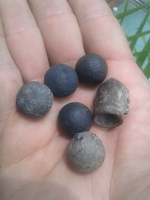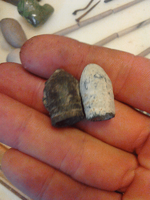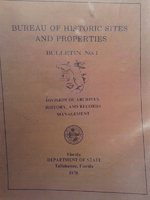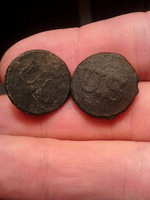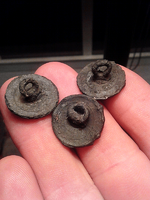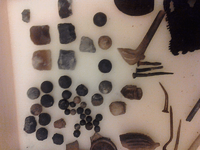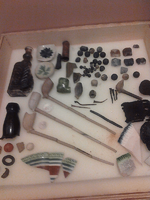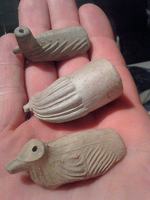Davers
Gold Member
- Jan 8, 2013
- 8,171
- 7,207
- Detector(s) used
- Whites Spc xlt & Tesoro Tejon- Now back ...Fisher 1266-X. TRX Pointer. New .Teknetics G2 + . New AT Pro .
- Primary Interest:
- All Treasure Hunting
Is there an easy way to tell the difference between Civil War era , Buck & Ball [small balls] or better said smaller caliber round balls from later Hunters Larger Buckshot ? ,would it be the patina or maybe the area that they were dug . A ? from someone in an area rich in CW and Game Hunting history. Also I believe there were firearms that fired a single small caliber round ball. [during the Civil War period]
Amazon Forum Fav 👍
Last edited:
Upvote
0


